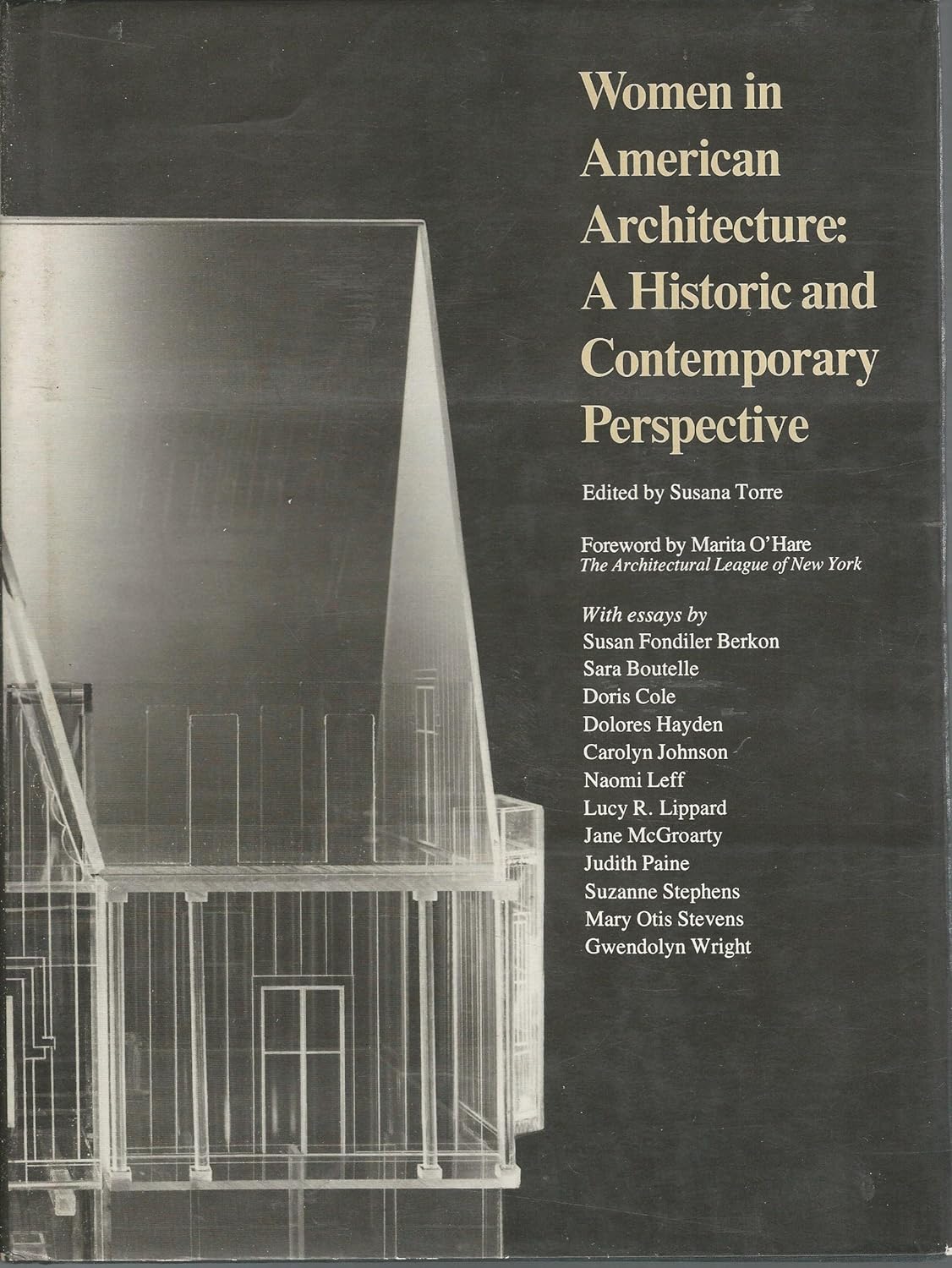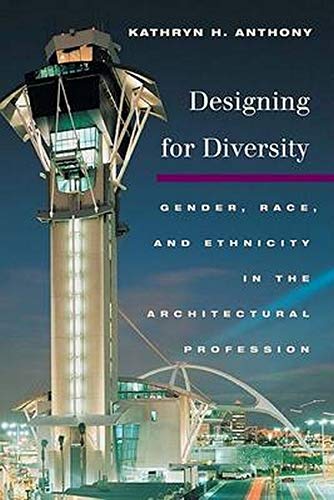Over 300 entries, divided into 4 sections, Books, Articles, References and Media grouped into 10 general categories defined below.
Contents & Categories
- Feminism: Generally feminism allows us to perceive power dynamics and structural limitations (because of gender, race or other oppressed social constructs and to envision dissolving barriers), also here specifically with architectural practice, design or related educational systems that impact the making of places
- History: Generally, of the profession of architecture, of organization’s or experiences in a variety cultures over time, often related to architecture, urban planning, and other related fields. Includes individual histories of non-architects and architects
- Social Issues: Poblems that affect many people within a society, often extending beyond an individual’s control, including disabilities. Gender-based violence, caste, power/oppression, etc.
- Women in Architecture: Women practicing within the traditional status quo of the profession of architecture
- Art: Artists, stage design, weaving, artist’s issues like identity
- Social Issues in Architecture: Issues impacted by architecture directly or indirectly. Includes discrimination in architecture: studies, surveys, measurements, and concerns about cultural examples of inequalities and inequities
- Architectural Criticism: Specific knowledgeable analysis and opinions challenging some aspect of architecture and its impact on social, political, aesthetic or other concerns of the author
- Environmentalism: Concerns for one’s world view and actions related to nature and environments from the planet to specific elements and geographies and how health impacts human life and justice
- Organizational Issues: How structures, procedures, power dynamics, communications and behaviors in individuals and groups influence outcomes
- Other: Entries with primary topics other than the categories defined above, including culture, philosophy, health, educational opportunities, and values
-




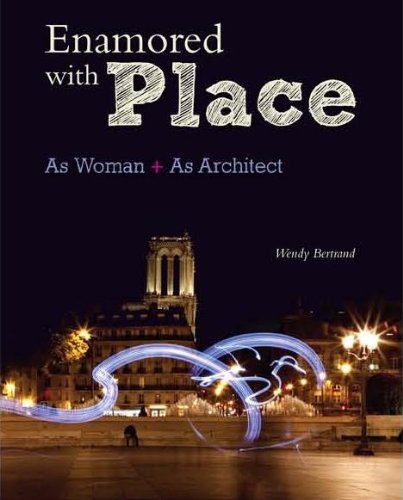
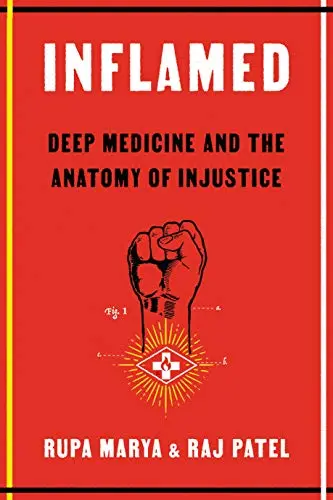
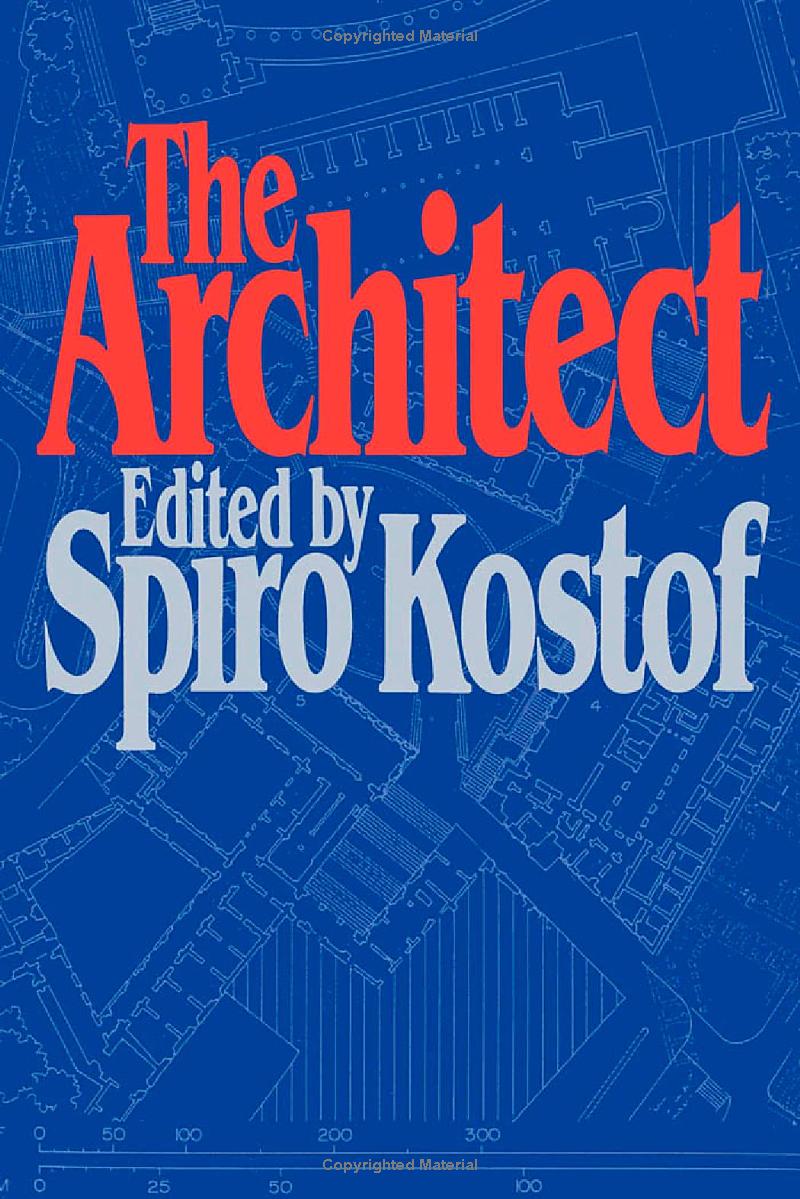
How to Use
The default home page of the database is a sheet titled “Categories.” This sheet has information on the contents of the database. The other contents in the database are organized by media type: Books, Articles, References, and Media. To navigate between these sheets, see the tabs on the bottom left of the database.
The Database was built in a publicly visible Google Sheet. You are welcome to browse the database on this page (below), directly in the Google Sheets browser interface here, or by downloading a .xlsx file that can be opened on your preferred spreadsheet viewer, such as Microsoft Excel, here.
When viewing the embedded preview of the database on this website, you will be able to browse a live, up-to-date copy of the database.
If you navigate to view the database in a new tab by clicking here, it will open the database directly in the Google Sheets interface. This will provided you with additional tools to navigate the data with. You will be able to search the database with the shortcut “CTRL/COMMAND + F.” You will also be able to sort the data alphabetically by column.
For example, if you wish to sort the data by author name in alphabetical order, hover over the top of the column where it is labeled with a letter, click the down arrow that appears on the right hand side of the column, and then select “Sort Sheet A to Z” (for alphabetical) or “Sort Sheet Z to A” (for reverse alphabetical order). Sorting a numerical column, like the “date of publication” column alphabetically using the method above will also organize them chronologically.
Legend
Online Link Links to the original web source url for the item.
Archive Link Links to an archived PDF in a Google Drive folder
* Indicates items that I suggest as basic bones.
